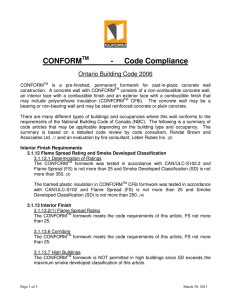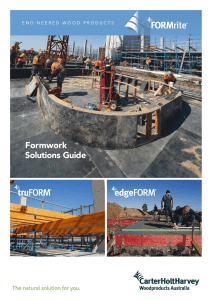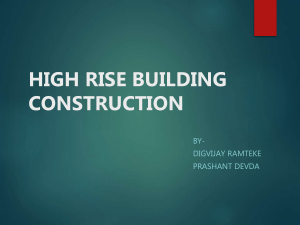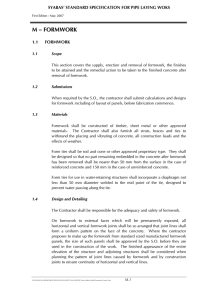Researching Low-cost Hydro Electricity Technologies for Rural Uganda
advertisement
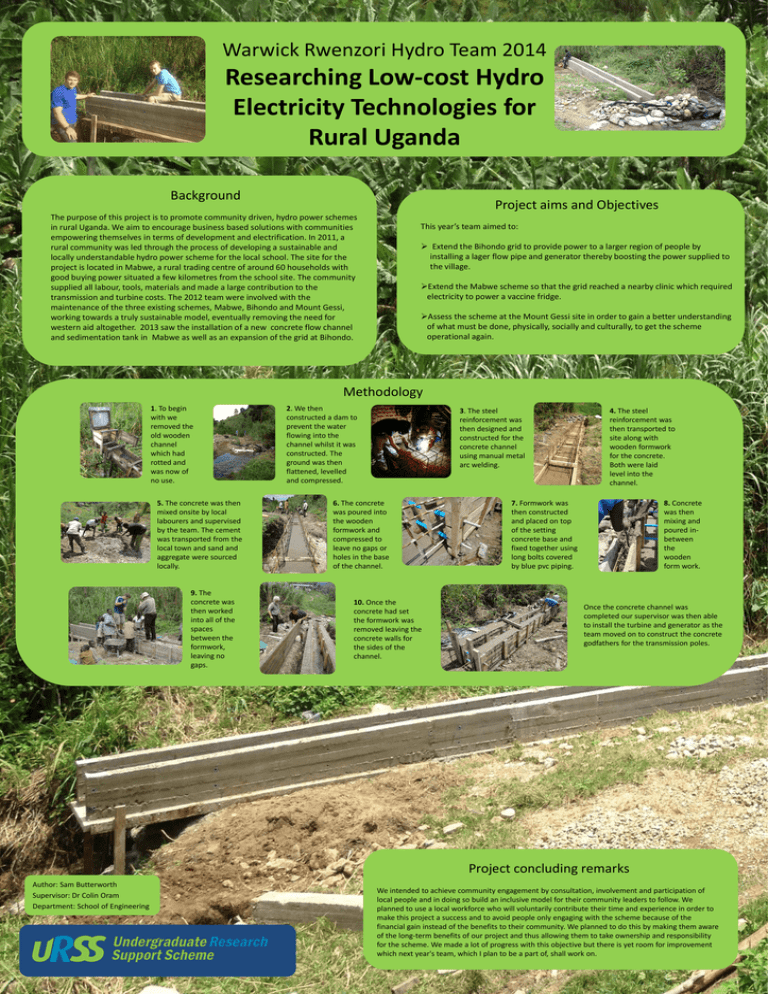
Warwick Rwenzori Hydro Team 2014 Researching Low-cost Hydro Electricity Technologies for Rural Uganda Background Project aims and Objectives The purpose of this project is to promote community driven, hydro power schemes in rural Uganda. We aim to encourage business based solutions with communities empowering themselves in terms of development and electrification. In 2011, a rural community was led through the process of developing a sustainable and locally understandable hydro power scheme for the local school. The site for the project is located in Mabwe, a rural trading centre of around 60 households with good buying power situated a few kilometres from the school site. The community supplied all labour, tools, materials and made a large contribution to the transmission and turbine costs. The 2012 team were involved with the maintenance of the three existing schemes, Mabwe, Bihondo and Mount Gessi, working towards a truly sustainable model, eventually removing the need for western aid altogether. 2013 saw the installation of a new concrete flow channel and sedimentation tank in Mabwe as well as an expansion of the grid at Bihondo. This year’s team aimed to: Extend the Bihondo grid to provide power to a larger region of people by installing a lager flow pipe and generator thereby boosting the power supplied to the village. Extend the Mabwe scheme so that the grid reached a nearby clinic which required electricity to power a vaccine fridge. Assess the scheme at the Mount Gessi site in order to gain a better understanding of what must be done, physically, socially and culturally, to get the scheme operational again. . Methodology 1. To begin with we removed the old wooden channel which had rotted and was now of no use. 5. The concrete was then mixed onsite by local labourers and supervised by the team. The cement was transported from the local town and sand and aggregate were sourced locally. 9. The concrete was then worked into all of the spaces between the formwork, leaving no gaps. 2. We then constructed a dam to prevent the water flowing into the channel whilst it was constructed. The ground was then flattened, levelled and compressed. 3. The steel reinforcement was then designed and constructed for the concrete channel using manual metal arc welding. 6. The concrete was poured into the wooden formwork and compressed to leave no gaps or holes in the base of the channel. 10. Once the concrete had set the formwork was removed leaving the concrete walls for the sides of the channel. 4. The steel reinforcement was then transported to site along with wooden formwork for the concrete. Both were laid level into the channel. 7. Formwork was then constructed and placed on top of the setting concrete base and fixed together using long bolts covered by blue pvc piping. 8. Concrete was then mixing and poured inbetween the wooden form work. Once the concrete channel was completed our supervisor was then able to install the turbine and generator as the team moved on to construct the concrete godfathers for the transmission poles. Project concluding remarks Author: Sam Butterworth Supervisor: Dr Colin Oram Department: School of Engineering We intended to achieve community engagement by consultation, involvement and participation of local people and in doing so build an inclusive model for their community leaders to follow. We planned to use a local workforce who will voluntarily contribute their time and experience in order to make this project a success and to avoid people only engaging with the scheme because of the financial gain instead of the benefits to their community. We planned to do this by making them aware of the long-term benefits of our project and thus allowing them to take ownership and responsibility for the scheme. We made a lot of progress with this objective but there is yet room for improvement which next year's team, which I plan to be a part of, shall work on.






